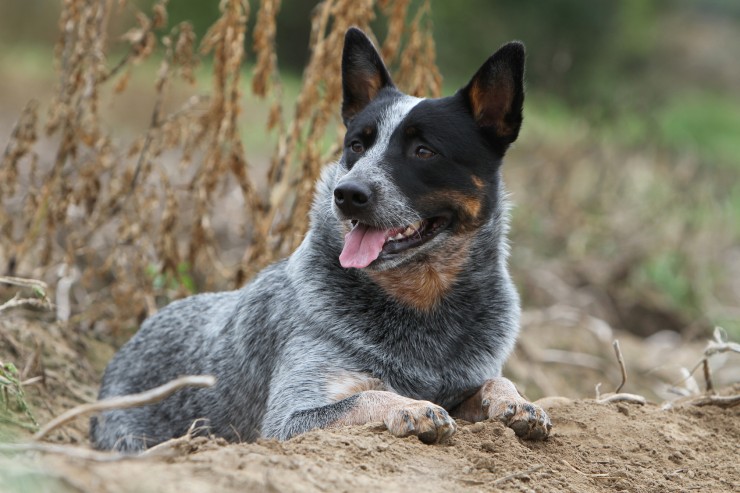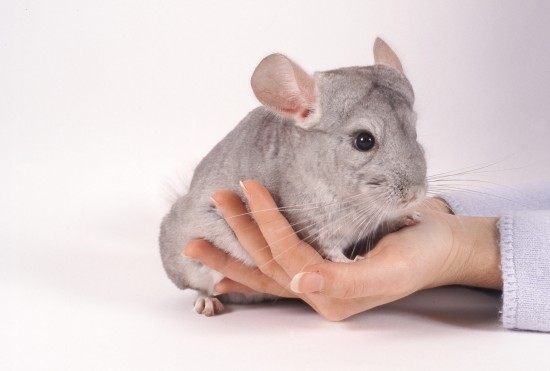
Many dogs have an aggressive side, and you often see this when they are on leashes. Dogs that are normally well-behaved can lunge and snarl at other dogs and people as you walk down the street. While he needs exercise, you do not want to put others at risk. What can you do about leash aggression?
However, there are some ways to deal with leash aggression so you can both get some good quality time and exercise outdoors.
Dogs are like children in many ways. Often you can avoid bad behavior if you redirect their attention. If you see something that usually causes your dog to become aggressive, immediately distract him. Tell him to sit or lie down to keep him busy until the dog or person passes.
If you are about to pass another dog, don?t tense up or pull the least taut. Your pet will be able to tell and he will think that you are scared, so aggression is much more likely. Animals pick up on our signals ? just remain calm and relaxed.
Some dogs may require a gentle leader harness or muzzle. These should only be used temporarily until your dog learns not to lunge. If you have a dog who is a danger, they can keep others safe. This is the first priority.
If you have tried to curb leash aggression and your dog still misbehaves during walks, it is time to find a good trainer. You need professional help to stop this at once: not only is it disruptive to your own walks, it is dangerous to everyone and every animal you pass on the sidewalk.
Many dogs pull on their leashes, especially when they are first being trained. Stopping this behavior as soon as possible is important. It can lead to more annoyance at the very least. At worst, it can hurt a person, pet, and you. Start early before you have to take more drastic measures.
The stay command is one of the most useful for your dog. While indicative of a well-trained dog, the stay command can also keep your dog safe in different settings. To help facilitate teaching this command, use treats and praise liberally.
If your dog knows the sit or lie commands, he can learn to stay. Begin by commanding him to sit. Then, extend your hand with your palm facing your dog. Using a calm voice, tell him to “Stay.”
Your dog may only be able to stay for a second or two at first. No matter how long he stays, remember to praise him and give him a treat. He will be able to stay longer as he practices.
Give the release command ? say “Ok,” or “Come” – so your dog knows he doesn’t have to lie down any longer. Give him a treat and lots of praise.
As you work with your dog, you can lengthen the time your dog stays. Demand a little more each time before you give him his treat.
Optimal training should last about five to ten minutes at a time. Any more than that will strain your dog’s attention span and counteract your efforts.
Dogs do not respond to long training sessions. They get bored, lose focus, or fail to respond to commands. Remember also to be patient, especially at first. Remind your dog to stay often, until he gets it on his own. You may also have to reteach the basics a few times before it is learned. Knowing they are about to get a treat may make your dog antsy, but be patient and make him obey the command each time before he gets his treat.
Soon, your dog will be able to stay even if you leave the room. Even if you phase out the treats, remember to praise your dog for this accomplishment.
Here are some excellent places to start working with puppy aggressive training and effortlessly investigate websites such as this sit stay fetch page.
 Are Some Dog Breeds Healthier Than Others
Are Some Dog Bree
Are Some Dog Breeds Healthier Than Others
Are Some Dog Bree
 Sexual Maturity In Cats
Sexual Maturity I
Sexual Maturity In Cats
Sexual Maturity I
 Tips On Making Friends With A Timid Chinchilla
Tips On Making Fr
Tips On Making Friends With A Timid Chinchilla
Tips On Making Fr
 Regular Pet Grooming Is Crucial
Regular Pet Grooming Is Crucial
Pet owners hav
Regular Pet Grooming Is Crucial
Regular Pet Grooming Is Crucial
Pet owners hav
 Good Mid-sized Dog Breeds For The First Time Owner
Good Mid-sized Do
Good Mid-sized Dog Breeds For The First Time Owner
Good Mid-sized Do
Copyright © 2005-2016 Pet Information All Rights Reserved
Contact us: www162date@outlook.com